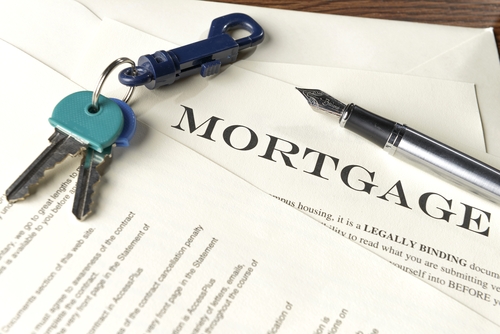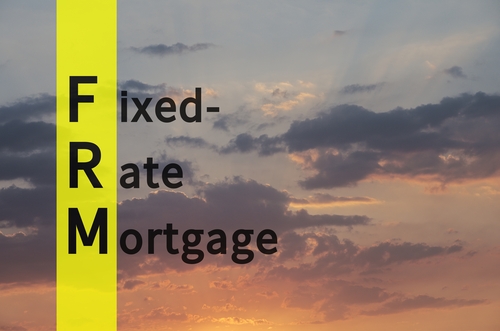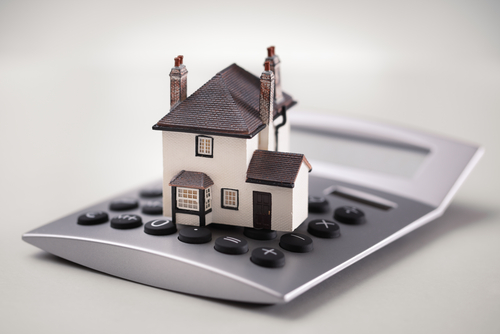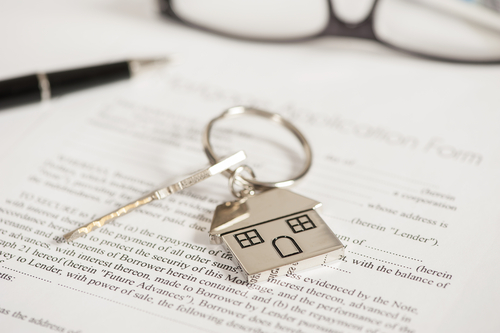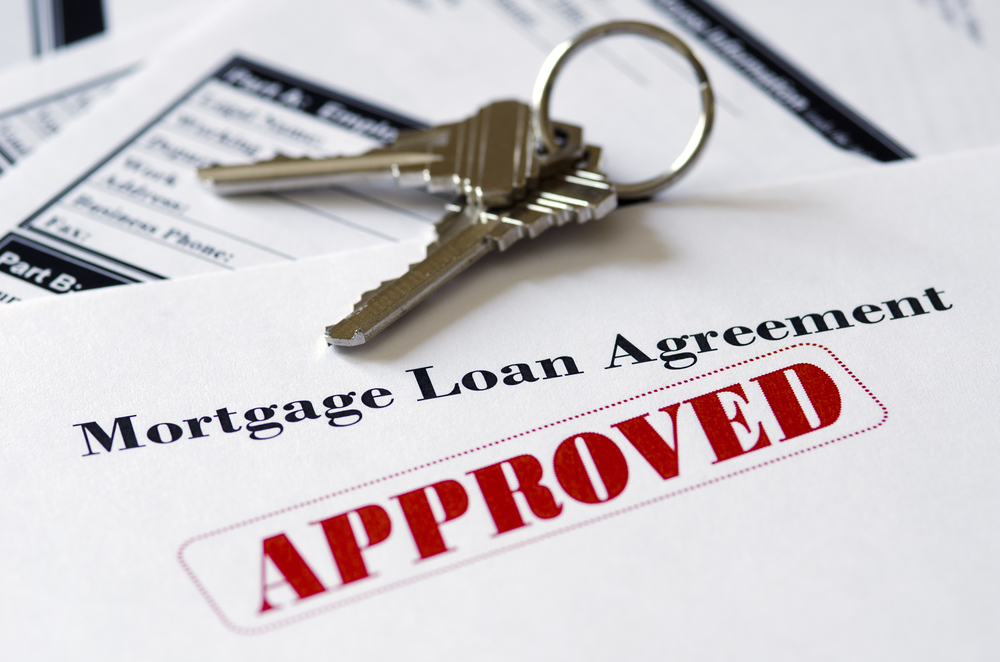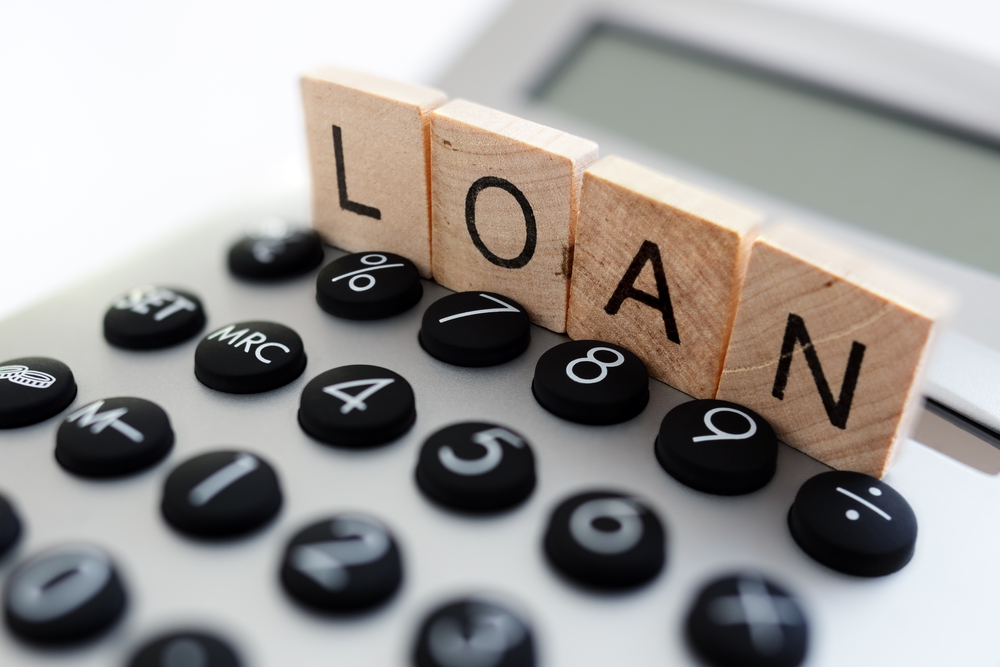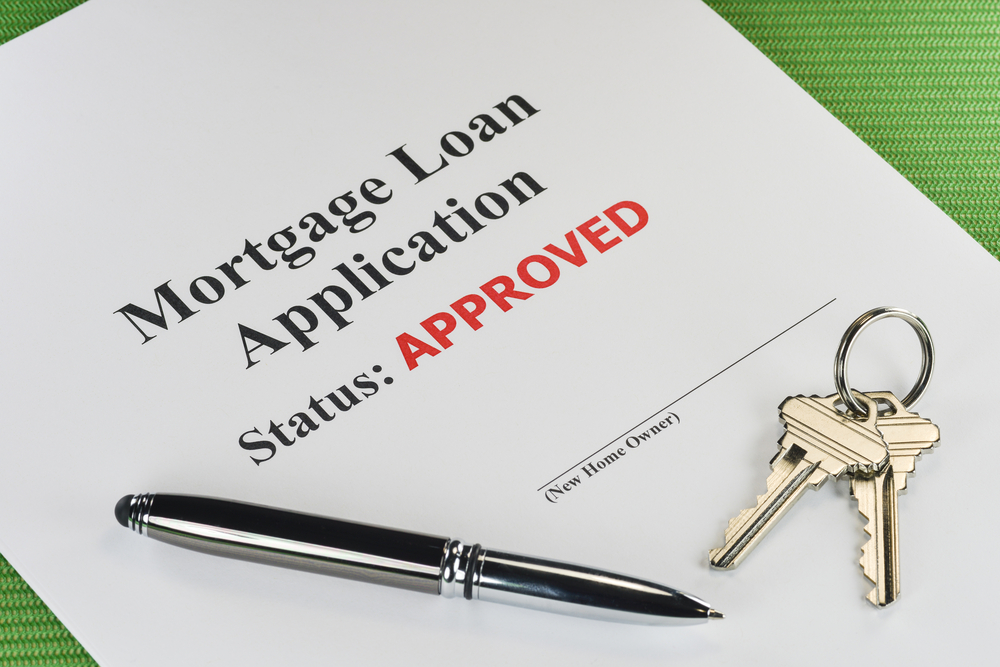Home ownership is expensive when you add up the costs to purchase a home, home maintenance and home repairs. However, your home is one of your biggest assets, and ownership can be profitable. But even if the cost of buying a home is more expensive than you expected, you might take solace in knowing you can deduct your home mortgage interest and recoup some of your investment.
Before filling out your tax form, here is what you should know about deducting home mortgage interest.
1. It must be your mortgage
You cannot deduct home mortgage interest on a property that’s in another person’s name. To qualify for this write-off, your name must be listed as a primary borrower or a co-borrower on the mortgage loan. It doesn’t matter if you’re the person paying the mortgage every month. The IRS will not allow the deduction if your name doesn’t appear on the home loan.
2. Your standard deduction may be more profitable
When filing your tax return, you have the choice of itemizing your return or taking a standard deduction. You can only deduct home mortgage interest if you itemize your tax return. Itemizing can be profitable if your total deductible expenses exceeds the standard deduction for the year. For the 2015 tax year, the standard deduction is $6,300 for singles, $12,600 for couples filing jointly, and $9,250 for head of households. If you’re a couple filing jointly and you paid $10,000 in home mortgage interest for the tax year—and you don’t have other deductible expenses—you’ll save more on taxes with a standard deduction.
3. The loan must be connected to your mortgage
Only certain types of loans qualify for the home mortgage interest deduction. This includes first mortgages, home equity lines of credit and home equity loans. The latter two are also called second mortgages. For purchase or acquisition debt—such as your first mortgage—you can deduct mortgage interest up to $1 million. With a second mortgage, you can deduct mortgage interest up to $100,000.
4. You can only deduct interest on one second home per year
The good news is that you can deduct home mortgage interest on your primary residence and a second home. For a property to qualify as a second home, you must live in the home more than 14 days out of the year. But this doesn’t mean you’re allowed to deduct mortgage interest on every property you own. You’re only allowed one second home mortgage deduction per year, which means you can’t write off interest paid for a third or fourth home in the same year. The IRS, however, does allow you to pick which property to use as your qualified second home.
5. Different rules for investment properties
If you own investment properties you can also deduct mortgage interest paid on these homes, but these properties do not qualify for a home mortgage interest deduction. You must write off the interest as a business expense.
